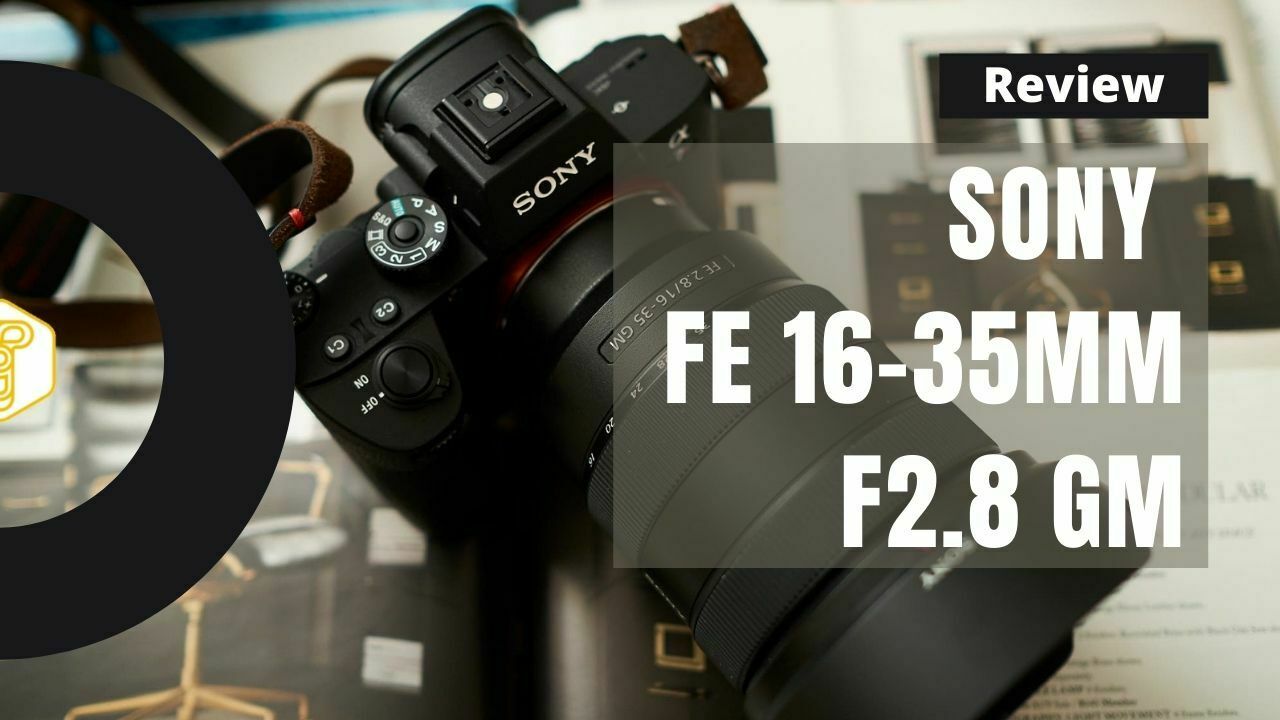G Sony FE 16-35mm F2.8 GM lens is the sixth lens of the G Master series, and it is also the last piece of the puzzle for Sony’s E-mount ternary lens. Since then, Sony micro-single users finally have their own native junior Meta lenses, FE 16-35mm F2.8 GM, FE 24-70mm F2.8 GM and FE 70-200mm F2.8 GM OSS.
The Sony FE 16-35mm F2.8 GM has the consistently excellent resolution and soft out-of-focus performance of the Sony G Master lens. The F2.8 constant large aperture can create a soft background blur effect, and the 11 aperture blades form a circular aperture.
Achieve the same excellent bokeh performance at different aperture settings. Easily capable of shooting natural scenery, architecture, portraits, sports and other subjects.
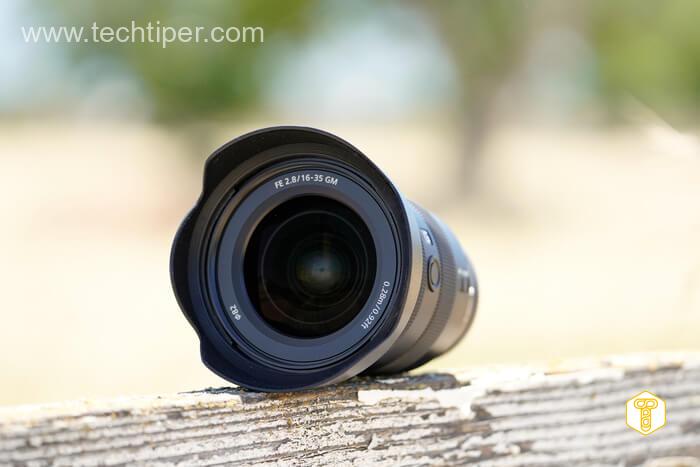
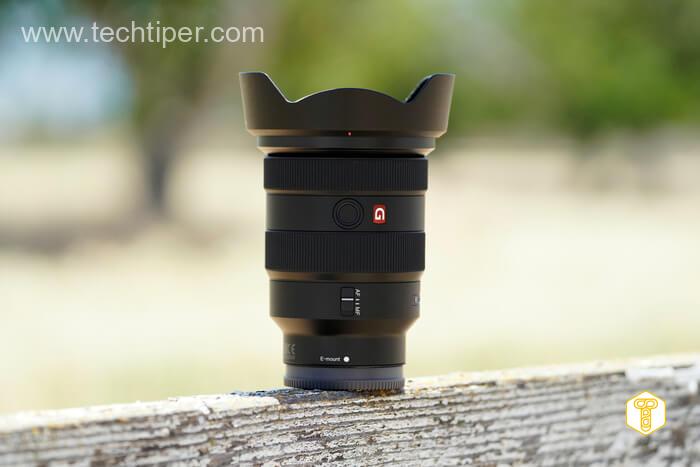
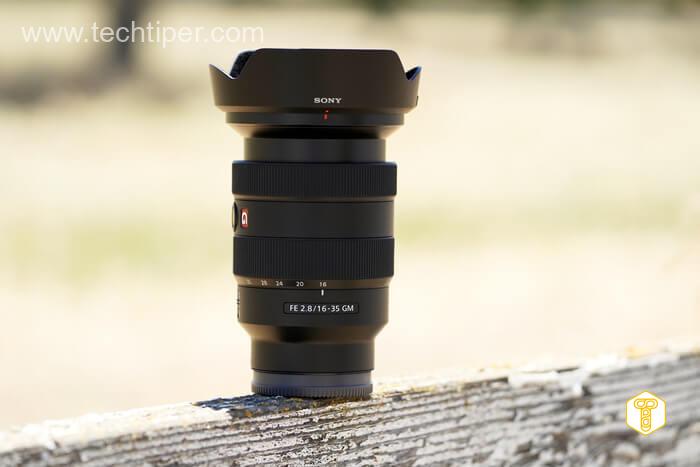
The FE 16-35mm F2.8 GM adopts a floating focusing design and DDSSM (Direct Drive Ultrasonic Motor) focusing system, which enables fast, precise and quiet autofocusing, which can meet the needs of users for shooting still images and dynamic videos, scenery, architecture, portraits, sports and other subjects.
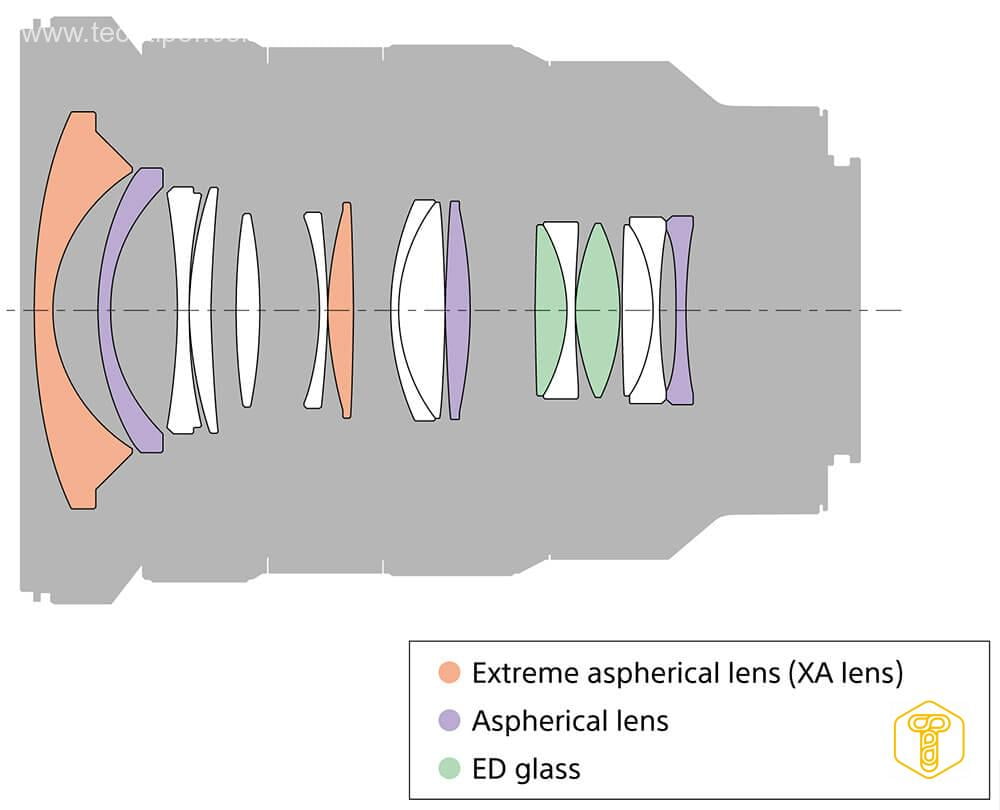
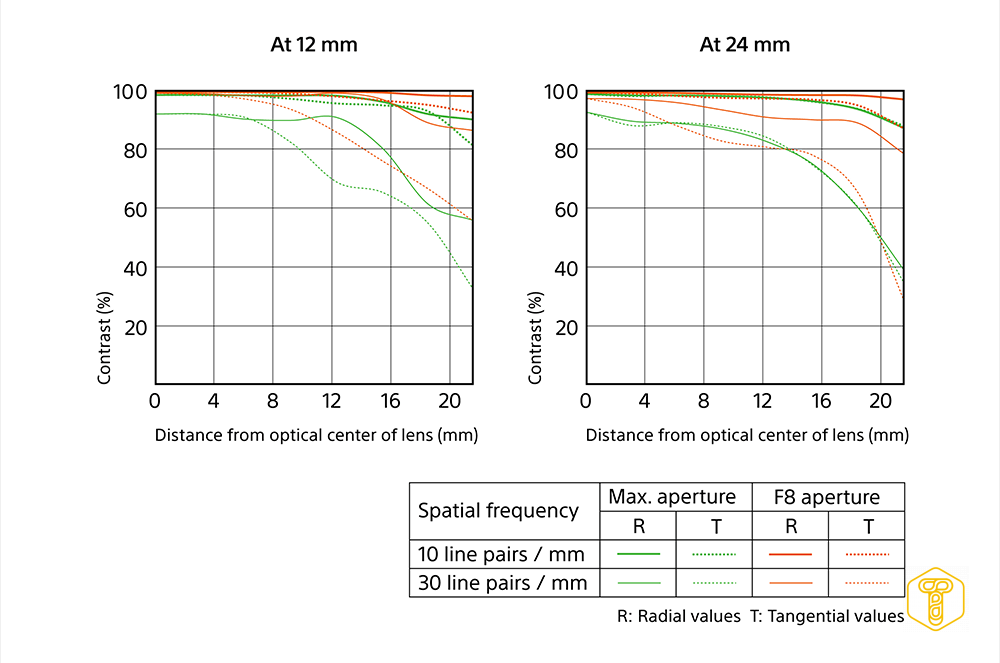
Read Also: SEL1224G Ultra Wide Angle Zoom Lens Review: Sony FE 12-24mm
Contents
Sony FE 16-35mm F2.8 G Master Specifications
| Manufacturer | Sony | |
| General | ||
| Lens Mounts | Sony E MountSony FE Mount | |
| Lens | ||
| Focal Length | 16mm – 35mm | |
| Angle of View | 63° – 107° | |
| Max Aperture | f/2.8 | |
| Min Aperture | f/22 | |
| Filter Size | 82mm | |
| Stabilised | No | |
| 35mm equivalent | No Data | |
| Internal focusing | No Data | |
| Maximum magnification | 0.19x | |
| Focusing | ||
| Min Focus | 28cm | |
| Construction | ||
| Blades | 11 | |
| Elements | 16 | |
| Groups | 13 | |
| Box Contents | ||
| Box Contents | No Data | |
| Dimensions | ||
| Weight | 680g | |
| Height | 121.6mm |
Appearance introduction
Despite the fact that the Sony FE 16-35mm F2.8 GM lens is designed for use with mirrorless cameras, the desire of engineers to minimize size and weight can not be traced. The lens is really big and heavy.
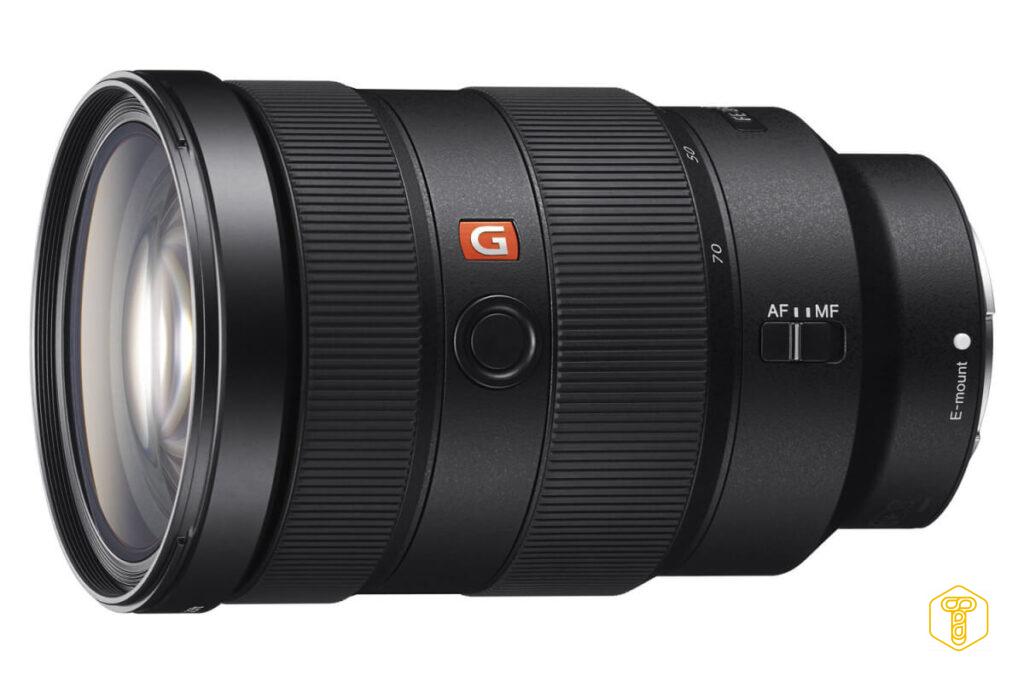
Our strong man weighs 680 grams with a body length of 121.6 mm. The filter diameter is immodest 82 mm.
In terms of weight and size, it surpasses even some competitors from the world of DSLRs. This is a price to pay for image quality, which the developers of the G Master series are not ready to sacrifice.
Sony FE 16-35mm F2.8 GM Coating
The lens design structure of the FE 16-35mm F2.8 GM consists of 16 elements in 13 groups, including 5 aspherical elements (including two XA elements) and 2 ED (extra-low dispersion) elements.
At the same time, the front lens is covered with a fluorine coating, which can effectively prevent dust and fingerprints.
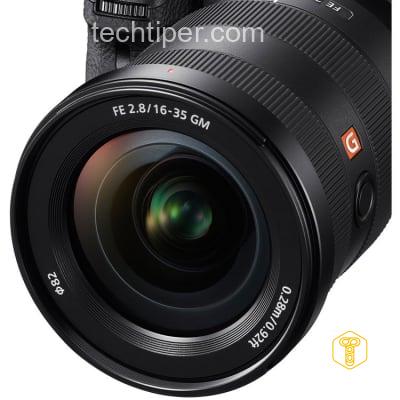
Even if it is contaminated with dust and fingerprints, it is easier to wipe off. The lens adopts a floating focus design and DDSSM (Direct Drive Ultrasonic Motor) focusing system for fast, precise and quiet autofocusing.
The minimum focusing distance is only 0.28m. The filter diameter is 82mm.
Sony FE 16-35mm F2.8 GM aperture
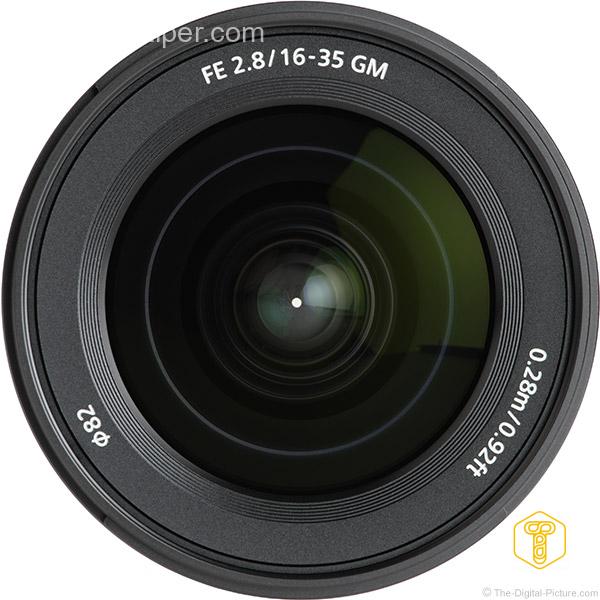
The aperture of Sony FE 16-35mm F2.8 GM is a circular aperture composed of 11 blades. With the large aperture of F2.8, it can create a soft background blur effect and achieve the same excellent bokeh performance under different aperture settings.
Sony FE 16-35mm F2.8 GM mount
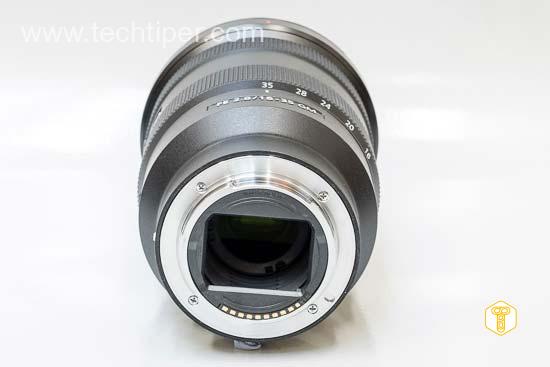
The Sony FE 16-35mm F2.8 GM features a metal bayonet, which is sturdy and durable. Moreover, the lens body also adopts a dust-proof and drip-proof design, which can be used for daily shooting in harsh environments.
Sony FE 16-35mm F2.8 GM Mirror Body Buttons and Switches
There is a button and a switch on the left of the Sony FE 16-35mm F2.8 GM lens body, which are the focus hold button and the AF/MF switch.
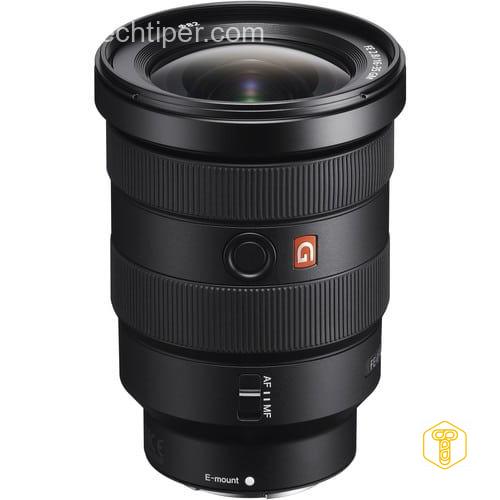
The focus hold button supports custom functions and can be set to some operations supported by the body, such as "eye control focus", which further facilitates user control.
Sony FE 16-35mm F2.8 GM Lens Hood
The Sony FE 16-35mm F2.8 GM is also equipped with a lens hood model ALC-SH149. There is a lock switch on the hood to ensure that the hood will not fall off accidentally during use.
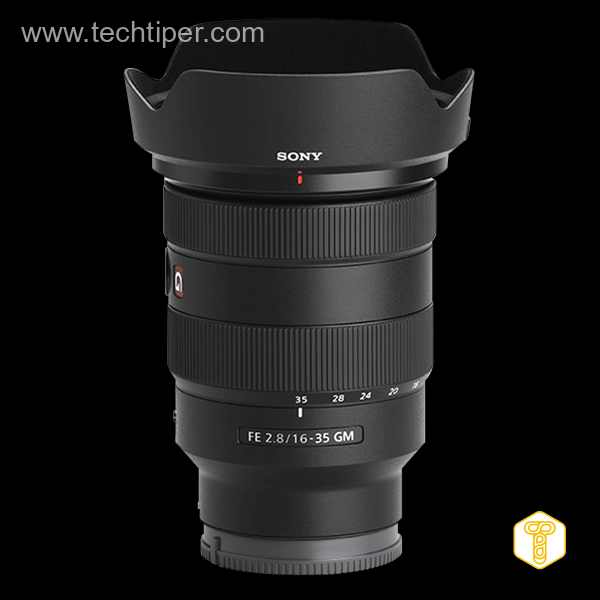
Image Quality test
16mm end resolution test
Let’s test the resolution of the Sony FE 16-35mm F2.8 GM in an actual scene. The entire scene has rich levels of detail, and the frontal composition is also used to ensure that the edge of the picture can also be in focus, so that the resolution of the edge can be better reflected and relatively objective. The first is the 16mm wide-angle end.
By comparison, we can see that the apertures in the center of the wide-angle end of this lens perform very well, and the image quality is the best when the aperture is F5.6.
The resolution of the edge is reduced relative to the center, but as a wide-angle lens, it is understandable that the distortion caused by the edge causes the resolution to drop. The best aperture is also at F5.6.
35mm end resolution test
After looking at the resolution at the 16mm wide-angle end, let’s take a look at the resolution at the 35mm telephoto end. The test method is the same as the 16mm wide-angle end.
By comparison, we can see that the aperture performance of each stop in the center of the telephoto end of this lens is very average, and the image quality is the best when receiving F5.6.
The edge resolution is lower relative to the center, and the best aperture is also at F5.6.
Aperture Blur Test
The Sony FE 16-35mm F2.8 GM adopts a circular aperture, which consists of 11 blades. With the large aperture of F2.8, it can create a soft background blur effect and achieve the same excellent bokeh performance under different aperture settings.
From the test chart, we can clearly see the difference in the background blurring effect under different focal lengths. The blurring effect of the two focal lengths at large apertures is very good. Next, let’s look at the advantages of the circular aperture composed of 11 blades by looking at the shape of the light spot in the blurred background.
As can be seen from the 100% screenshot of the background light spot, the light spot is very round and the edges are very clear.
This is the ideal circular defocused light spot, and this is also the soft out-of-focus that the G Master series has always adhered to.
Vignetting test
Through the real shot test, we seen that the vignetting basically always exists at the 16mm end, but the vignetting is much lighter after the aperture receives F8.
The vignetting situation at the 35mm end is much better, with obvious vignetting when the aperture is fully open, and after the aperture receives F4, the vignetting is already very slight.
The vignetting disappears as the aperture narrows further. However, in actual shooting, if you can consciously use the vignetting, you may get unexpected effects.
Distortion test
From the distortion test sample, the barrel distortion of the Sony FE 16-35mm F2.8 GM at the 16mm wide-angle end is still very obvious.
The 35mm telephoto end also has clear pincushion distortion.
It can only be said that the distortion of the wide-angle lens is unavoidable, so users need to pay more attention when using it, and try to avoid shooting more obvious straight lines. But in fact, we don’t need to worry too much, as long as we turn on the distortion compensation in the camera, we can avoid obvious distortion.
After turning on the distortion compensation, the distortion of the 16mm end and the 35mm end is reduced to a very slight level, which basically does not affect the user’s shooting.
Sharpness and detail test
The full potential for detail is revealed when used on matrices A7R II and A7R III with a resolution of 42MP. Perhaps this lens, as well as the GM series as a whole, is designed with some margin for future high-resolution matrices.
The lens produces excellent sharpness over the entire range of focal lengths.
At f/2.8, the sharpness is very good, which allows you to safely work with the widest aperture. Closing down to f/4 the picture gets better.
Maximum image quality is achieved at f/5.6 aperture. Very good picture at f/8 as well.
But then the results are already weakening. At f/11 the picture is soft. Extreme values of f/16 and f/22 produce a soapy image.
The detail on the lens is amazing! At 100% magnification, you can see any element in the photo.
The Sony FE 16-35mm f/2.8 GM produces a very beautiful picture with excellent color reproduction and high contrast throughout the frame.
Backlight
In backlit conditions, the lens produces an image without glare and flare.
This completely unties your hands when working in difficult lighting conditions. What is especially important for a wide-angle lens.
Chromatic aberration
Chromatic aberrations on the lens are very slight.
Bokeh
The bokeh of the lens is very pleasant, with a smooth transition into the blur zone. This is ensured by an 11-bladed circular diaphragm with a near-ideal rounded shape.
Read Also: Sony A7 IV Review: Powerful Hybrid Rolling Shutter Camera
Article Summary
As the last link of the Sony E-mount ternary, the performance of the FE 16-35mm F2.8 GM did not disappoint us. It inherits the large aperture, high image quality, excellent resolution and soft focus of the G Master series. , completely worthy of the name of Master G.
Of course, the only problem may be the price, but the FE 16-35mm F2.8 GM is mainly aimed at professional photographers, and for them, the price is not a problem. For ordinary consumers, the Vario-Tessar T* FE 16-35mm F4 ZA OSS is actually a good choice.

